Mini Split overcools
DavidR
10 years ago
Featured Answer
Sort by:Oldest
Comments (15)
ionized_gw
10 years agoDavidR
10 years agoRelated Professionals
Benicia Solar Energy Systems · Cerritos Solar Energy Systems · East Lake Solar Energy Systems · El Mirage Solar Energy Systems · Whitman Solar Energy Systems · Selma Solar Energy Systems · Glendale Home Automation & Home Media · Pittsburgh Home Automation & Home Media · Saint Augustine Home Automation & Home Media · Springville Home Automation & Home Media · St. Louis Home Automation & Home Media · Dedham Electricians · Elgin Fireplaces · Lake Arrowhead Fireplaces · Lone Tree FireplacesDavidR
10 years agoionized_gw
10 years agojackfre
10 years agojackfre
10 years agoionized_gw
9 years agomic111
9 years agoDaniel Myers
8 years agoDavidR
8 years agoDaniel Myers
8 years agoVith
8 years agolast modified: 8 years agoionized_gw
8 years agotoadman77
8 years ago
Related Stories

LANDSCAPE DESIGNYour Mini Guide to Great Garden Edges
Get the scoop on trenches to the skinny on bender board, to help keep your garden beds as tidy as you like
Full Story
DECORATING GUIDES10 Ways to Hide That Air Conditioner
Feeling boxed in designing around your mini-split air conditioner? Try one of these clever disguises and distractions
Full Story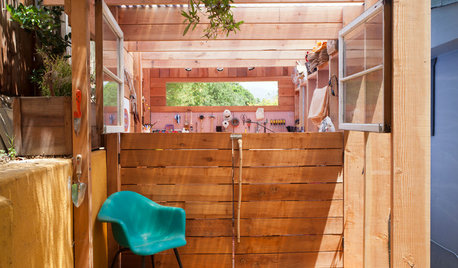
STUDIOS AND WORKSHOPSA Compact Shed Makes Room for Storage, Creativity and Style
With a tidy workspace, neatly hidden trash cans and even a mini patio, this inspired shed meets everything on a creative couple's wish list
Full Story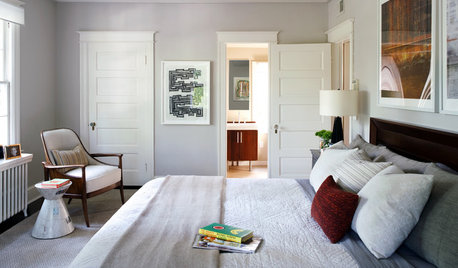
BEDROOMSHow to Choose the Perfect Bedsheets
Don't lose any shut-eye over scratchy or ill-fitting sheets; our mini guide to materials, thread count and fit will help you sleep tight
Full Story
ARCHITECTUREWhat's Next for Our Homes' Exterior Design?
Take a mini tour of architecture's changing response to basic needs, throughout history and going forward
Full Story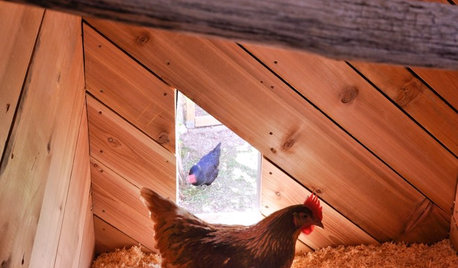
PETSHens Nest in Style in a Modern Nevada Coop
Take a mini tour of a backyard chicken coop built by a pro designer with all the essentials for the 'clients' and then some
Full Story
FIREPLACESUpdated Woodstoves Keep Home Fires Burning
Better technology means more efficiency than ever for modern woodstoves
Full Story
CABINSRoom of the Day: Timber-Frame Cabin Inspires Couple’s Creative Pursuits
This work studio, built in a simple vernacular architectural style, sits near a couple's rural home in the Berkshire mountains
Full Story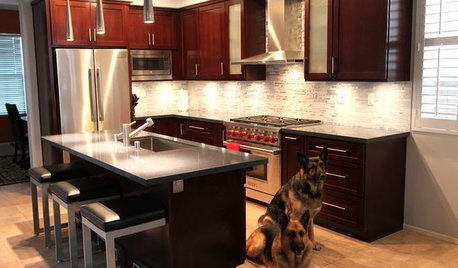
BEFORE AND AFTERSReader Project: California Kitchen Joins the Dark Side
Dark cabinets and countertops replace peeling and cracking all-white versions in this sleek update
Full Story





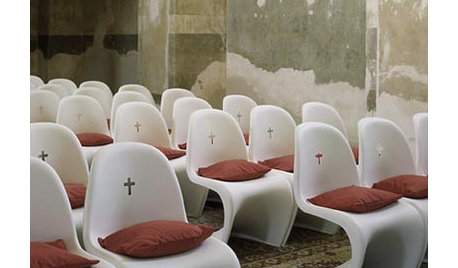
tcnascar